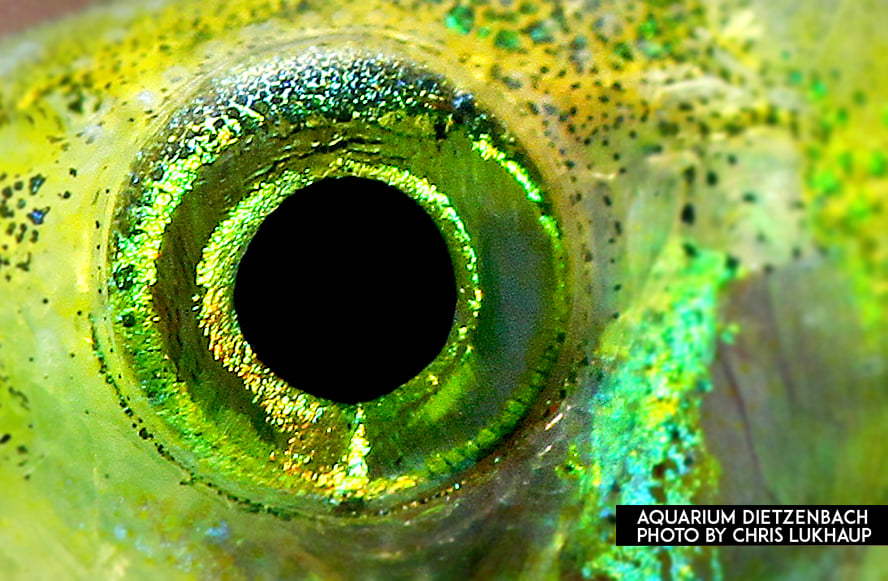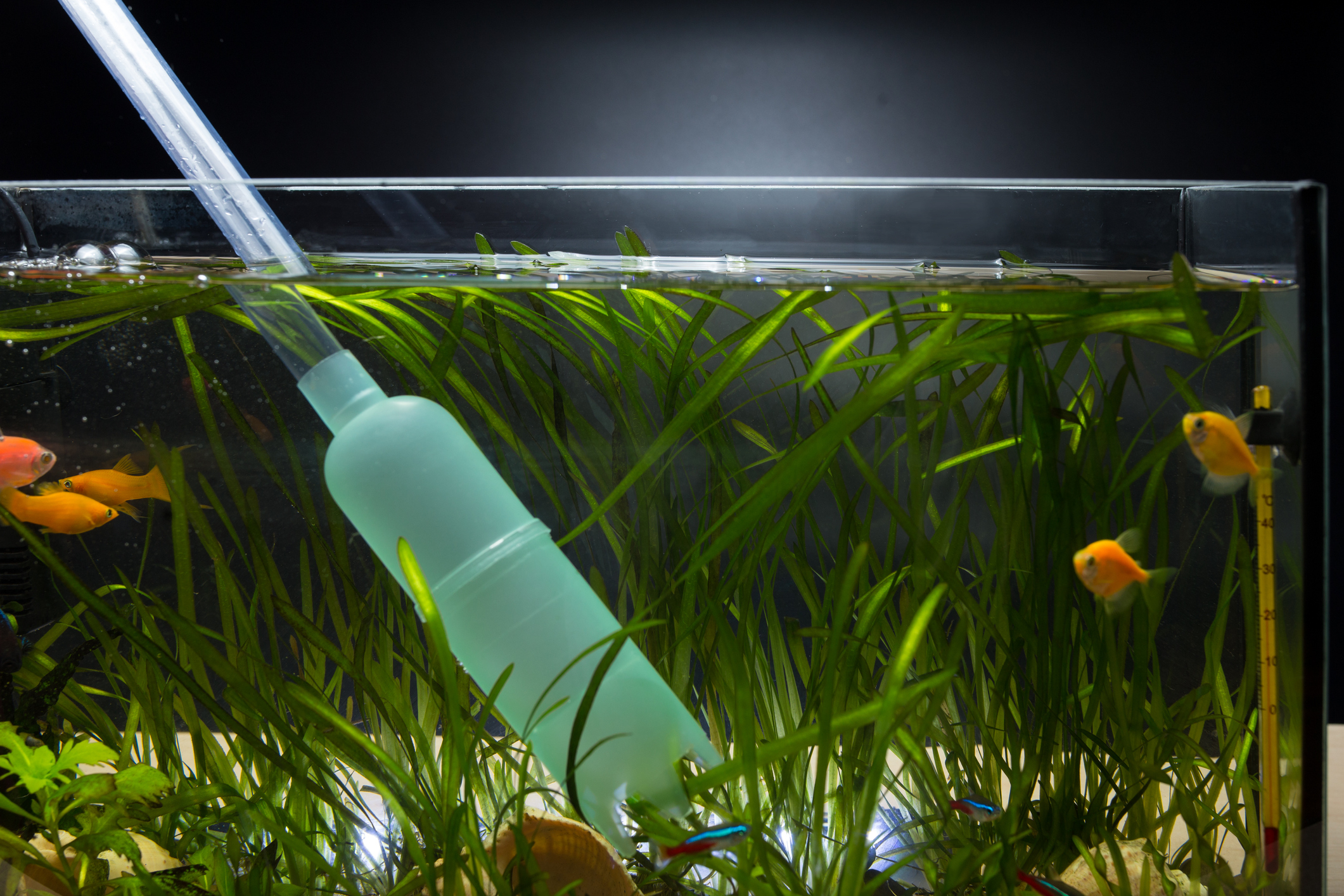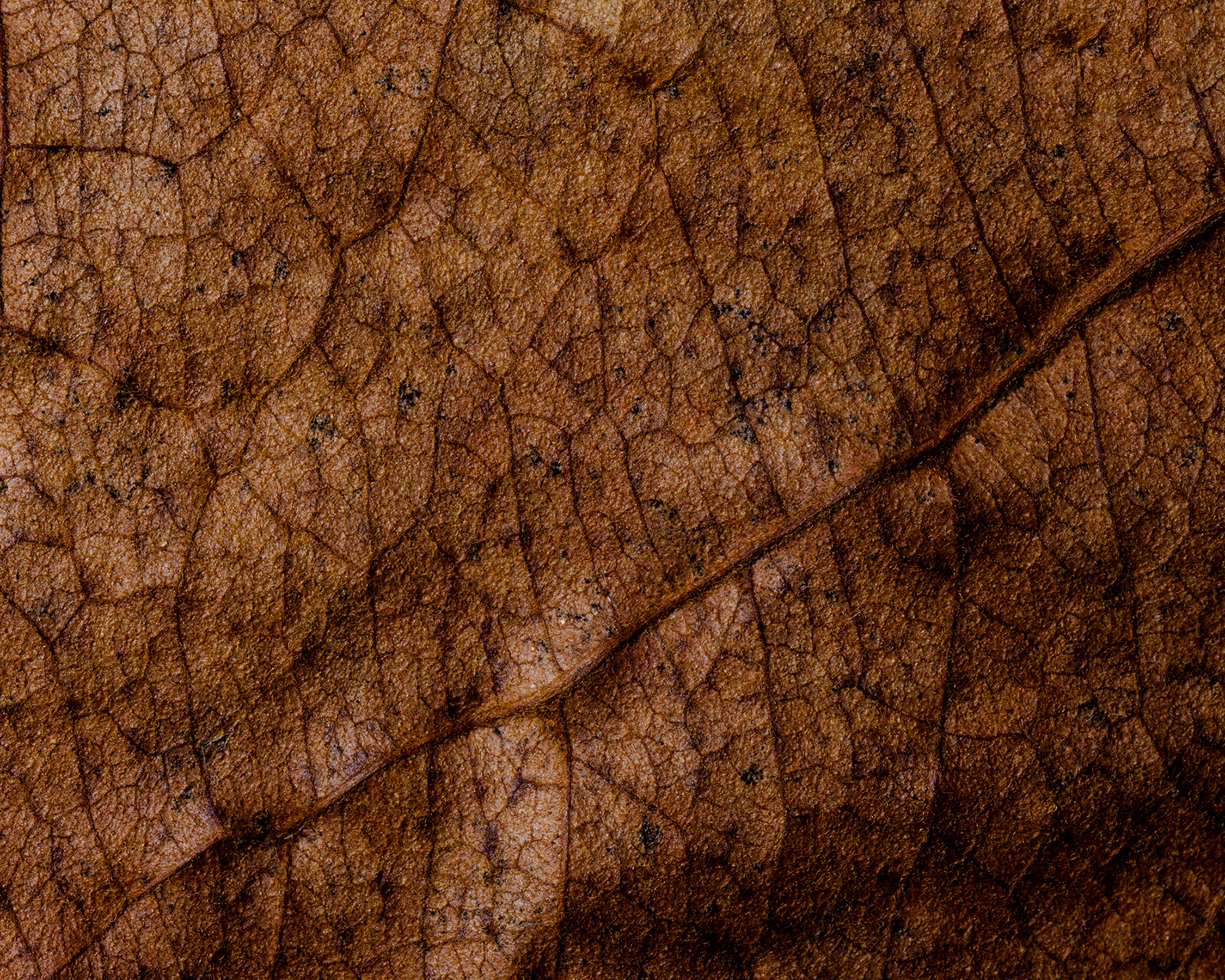Goggle eyes in ornamental fish
Table of contents
- Where do googly eyes come from?
- What are the causes of glubrous eyes?
- What is the cure for the bug-eye disease?
- Our conclusion
Large glistening eyes behind the aquarium glass are actually hard to miss and quickly indicate that your fish are not well. Fortunately, this form of the disease is relatively rare, but you can find out how it occurs in the first place and what it is all about here.
Where do goggle eyes come from?
When you get right down to it, glubeyes per se are not a disease in their own right, as you know them from other diseases in the aquarium. Rather, they are a concomitant of other prevalent diseases, or at least that is the theory of veterinarians. At least three other causes can bring on the goggle-eyes, which makes "goggle-eye disease" very different from other diseases.
On the one hand, gas bubbles or inflammations in the tissue of the eye socket are suspected, but also water accumulation due to a kidney problem, which sometimes occurs with hard water values - then often both eyes are affected. Stored fats are also in focus as a reason why your pet has big eyes. Whatever the cause, the end result is usually the same: pressure pushes the eye outwards from the inside. Sometimes only one eye is affected, sometimes both. The eye is also milky.
However, you can be pretty sure that big eyes are not the only problem your fishy roommate has. Very often there is a bacterial infection such as dropsy, tuberculosis or gas bubble disease, which have promoted the whole thing in the first place, which in turn have developed due to other causes.

What are the causes of glubrous eyes?
Several different reasons are responsible for your fish not being well. You certainly know that poor water hygiene can be the main cause of many problems. But you also know that poisoning can occur in many different ways, from heavy metals in the tap water to algae or medication in the water.
Even though glow eyes do not occur often, they often appear after changing the water, because then there is usually an oversaturation of gas in the aquarium. Especially when the changing water is very warm, it is usually supersaturated and leads to small bubbles in the tank. The same happens in the body of your fish, the bubbles can affect its tissue and foam up, but they can also affect the blood vessels and clog them. Too high a CO2 level can also cause this, which can also cause problems with the kidneys and lead to dropsy.

How can I cure glotropic eye disease?
If you notice googly eyes in your fish, you should get to the bottom of the cause as soon as possible, and there may be several. Bacterial infections, such as those that occur after cuts or bites, are a possibility, but also a water change that is too warm or a kidney infection.
Bacterial infections should be treated with medication, if necessary even in a quarantine tank.
In the case of gas oversaturation, you should therefore refrain from changing the water until the goggle eyes have slowly returned to normal and offer your favourites a high-quality and vitamin-rich menu, you can also enrich the food with vitamin drops. Also make sure that your fish are not exposed to any stress during this time.
If you have a kidney infection, you should take a closer look at your aquarium and improve the husbandry for the sake of your animals. A balanced and species-appropriate diet can also help your pets.
If your animals have goggle eyes because of a too high CO2 content, you should change the water immediately, an aerator can also help you to expel the gas afterwards. In any case, check your water values and your technical equipment.

Our conclusion
Even if you like to look your fish in the eye, you should pull the ripcord if they have goggle eyes and investigate the cause so that they don't suffer. Besides proper water hygiene, a high-quality diet rich in vitamins is a factor that should not be underestimated.
By the way: Germs are present in every aquarium, but to prevent them from becoming a problem, it is worthwhile to treat the changing water accordingly or to work directly with osmosis water. You can also reduce the risk of infection with humic substances, which you can easily introduce with alder cones, sea almond leaves or brown autumn leaves, but also with liquid preparations.
